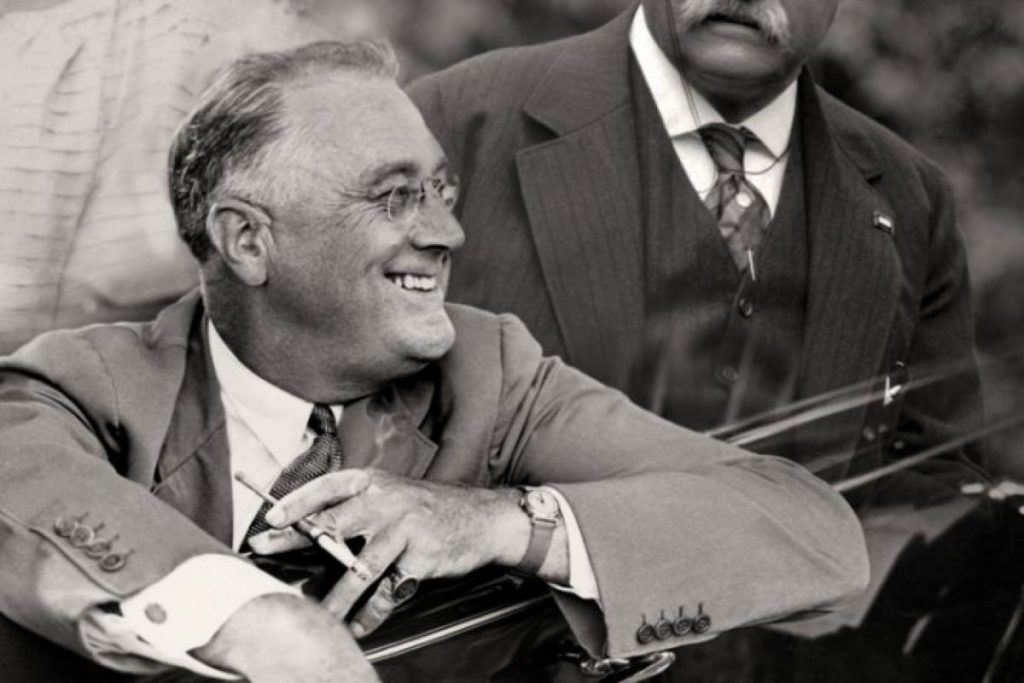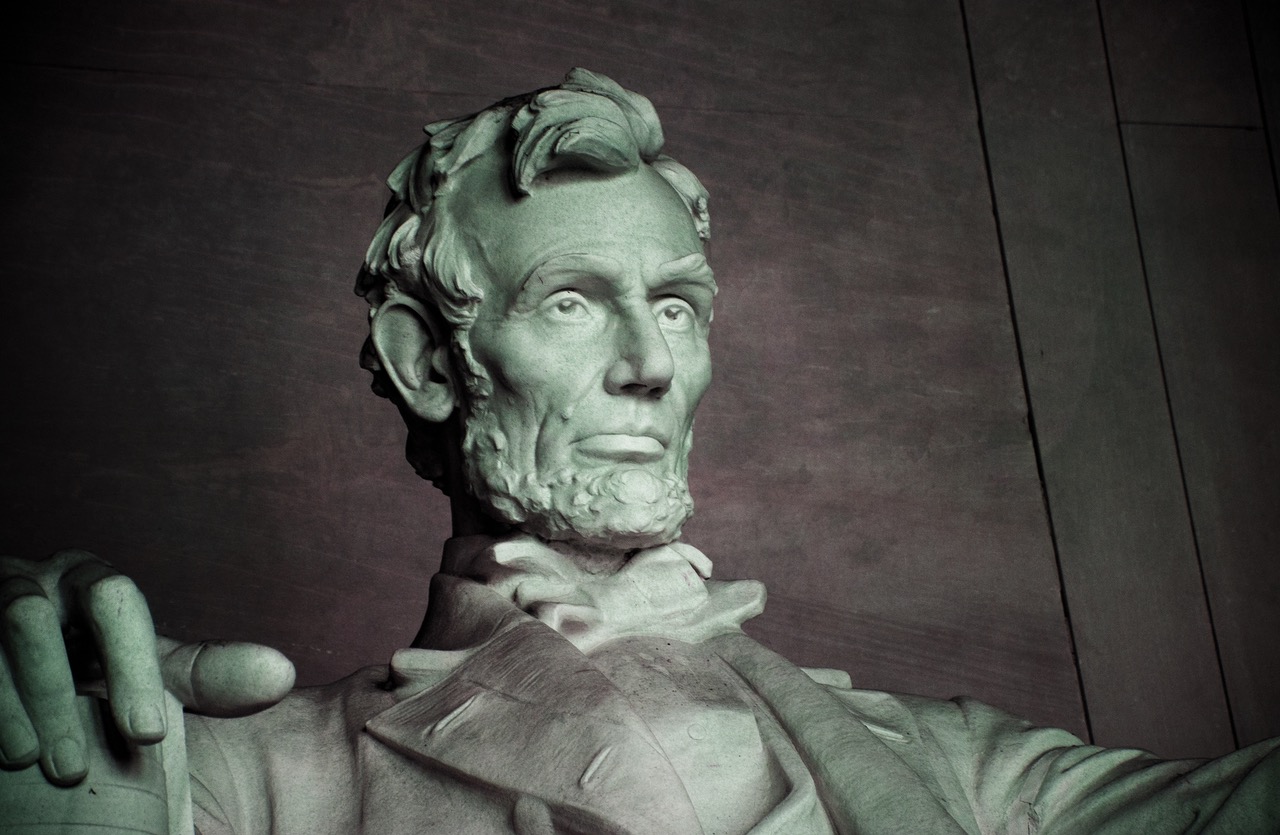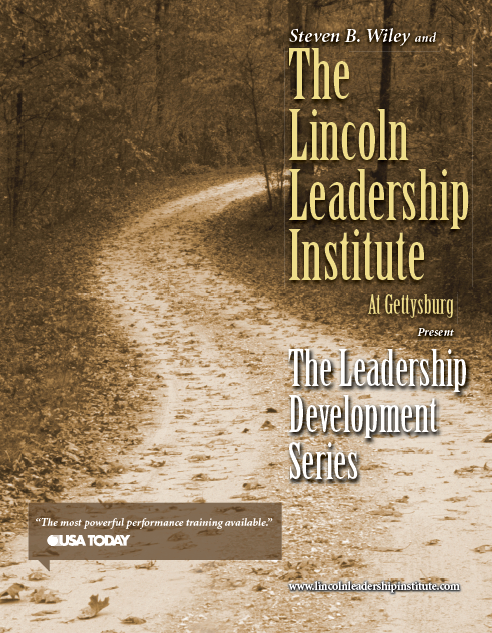In January 2019, we had the privilege to work with one of our great corporate clients to create a new leadership experience for their folks. With many of our faculty members having just read Doris Kearns Goodwin’s then-new Leadership in Turbulent Times and feeling inspired by the fact that the four presidents she profiled had each visited Gettysburg, we created mini case studies on Abraham Lincoln, Theodore Roosevelt, Franklin Roosevelt, and Lyndon Johnson. In each case study, we tried to reveal the fundamental strategies these men used to navigate through challenging times. Today, as we all struggle with the challenges brought by the coronavirus, the model we offered as a part of the Franklin Roosevelt case study seems particularly appropriate.
In both his personal and public life, Franklin Roosevelt was faced with extreme challenges through which he had to guide himself and those around him. In his personal life, Roosevelt contracted polio at the age of 39 and lost the use of his legs. Rather than give in, Roosevelt worked to make himself physically stronger while developing workarounds. At his home in Hyde Park, he had a manual elevator installed that he could operate with his arms, ensuring that he would be able to escape in the case of a fire even though he could not walk. Unable to explore the world, he brought the world to himself. Between his books, stamps, and maps, the immobile Roosevelt developed a world-class understanding of geography.

In the 1970s, Martin Seligman developed a model that revolutionized the way we view optimism and pessimism. Seligman discovered that pessimists see adverse events as permanent, pervasive, and personal. Optimists, on the other hand, view negative events as temporary, contained, and external. That outlook was precisely what helped Roosevelt navigate his personal crisis and would enable him to guide the nation through the Great Depression.
When he assumed the presidency in 1933, Franklin Roosevelt confronted a financial crisis of such depth that it had grown into a humanitarian crisis. From his very first speech to the nation, Roosevelt, while not dismissing the seriousness of the crisis, set about convincing the people through words and acts that the crisis would not be permanent, was not all-pervasive, and was not their fault. How had he developed such optimism? As he told one reporter, “If you spent two years in bed trying to wiggle your big toe, anything would seem easy!”
There is an old joke that says the only time a pessimist is an optimist is when they call themselves a realist. But, if we can keep Seligman’s criteria in mind, maybe we can all see the world in a little more optimistic light even in a time of darkness.




